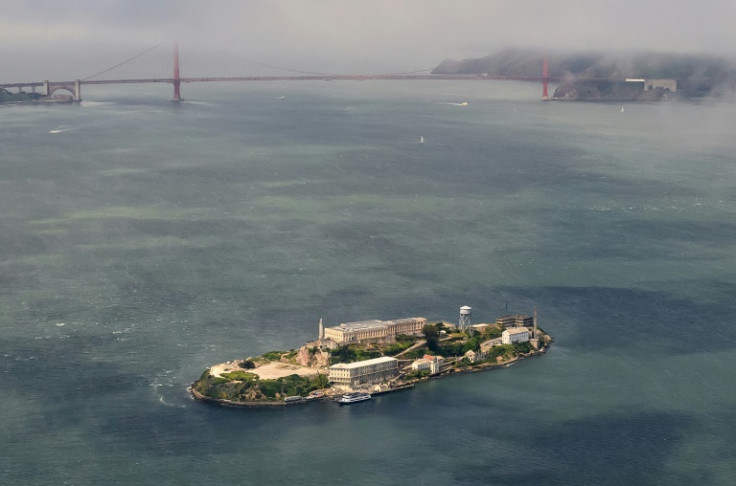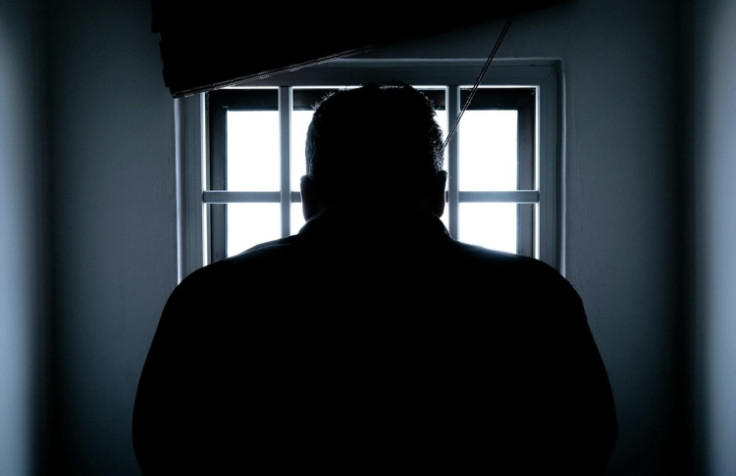Where Did Alcatraz's Most Notorious Inmates End Up After the Infamous Prison Shut Its Doors in 1963?
Alcatraz, America's most feared prison, officially shut on 21 March 1963, bringing an end to nearly three decades of housing the country's most dangerous criminals.

Alcatraz, America's most feared prison, officially shut on 21 March 1963, bringing an end to nearly three decades of housing the country's most dangerous criminals.
Perched on a rocky island in San Francisco Bay, the maximum-security penitentiary gained a fearsome reputation for holding infamous figures such as Al Capone, George 'Machine Gun' Kelly, and Robert Stroud, the so-called Birdman of Alcatraz. Isolated, heavily guarded, and considered escape-proof, the prison symbolised ultimate confinement. Yet despite its notoriety, spiralling operational costs and crumbling infrastructure ultimately sealed its fate.
What Happened to Alcatraz's Most Notorious?
At the time of closure, just over 260 inmates had to be relocated. Most were transferred to other federal facilities better suited to long-term incarceration, including USP Leavenworth in Kansas, USP Atlanta in Georgia, and USP Marion in Illinois—specifically built to replace Alcatraz.
These mainland prisons were more accessible, cost-effective, and easier to maintain, marking a practical end to one of the world's most iconic prison institutions. Their arrival often went unnoticed, but the memory of Alcatraz followed them.

While many inmates quietly resumed serving their time, a few remained in the public eye.
Al Capone – The Decline of a Mobster
Though he left Alcatraz in 1939, Capone remains one of its most famous inmates. Suffering from neurosyphilis, he was moved to Terminal Island before his release. He died in Florida in 1947.
Alvin 'Creepy' Karpis – From Enemy Number One to Exile
Karpis, the longest-serving Alcatraz inmate, was moved to McNeil Island in Washington State. He was paroled in 1969 and spent his final years in Spain, where he died in 1979.
Robert Stroud – The Real Birdman
Stroud never kept birds on Alcatraz—that was during his earlier sentence at Leavenworth. After Alcatraz, he was transferred to a medical facility in Missouri, where he died in 1963, the same year the prison closed.
Why Alcatraz Closed
The decision to shut Alcatraz had little to do with prisoner welfare—it came down to cost. The daily expense of housing each inmate exceeded $10, more than triple the average at other federal prisons. The island's salt-laden air corroded infrastructure at a relentless pace, requiring constant and costly maintenance. With no natural water supply, freshwater had to be transported in by barge every day. In the end, even Alcatraz's legendary status couldn't justify its upkeep. The financial burden simply outweighed its function.
A Symbol That Still Grips the Public
Now a major tourist attraction, Alcatraz welcomes more than 1.5 million visitors a year. Tourists explore its stark cells, hear stories from former guards and inmates, and relive dramatic moments such as the infamous 1962 escape by Frank Morris and the Anglin brothers—an event that still fuels speculation.
Though the prison closed over 60 years ago, it continues to surface in pop culture and even political rhetoric. In 2024, former U.S. President Donald Trump referenced Alcatraz during a speech on crime and punishment, reigniting debate about its legacy as a symbol of absolute incarceration.
Alcatraz remains a powerful reminder of justice, isolation, and human defiance. Its stories continue to fascinate and haunt historians, filmmakers, and curious visitors alike.
© Copyright IBTimes 2025. All rights reserved.





















